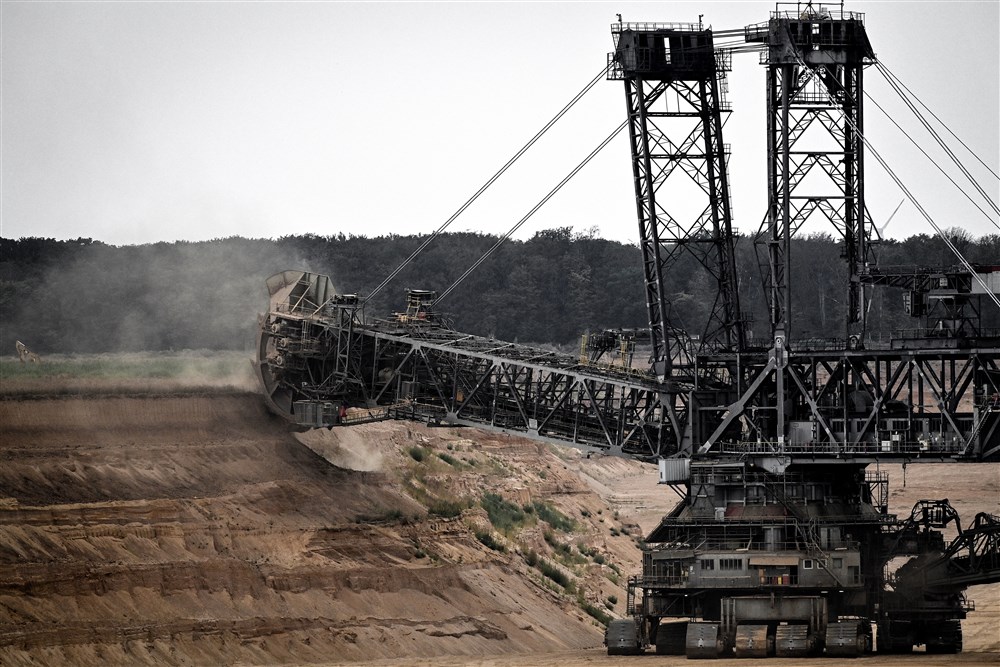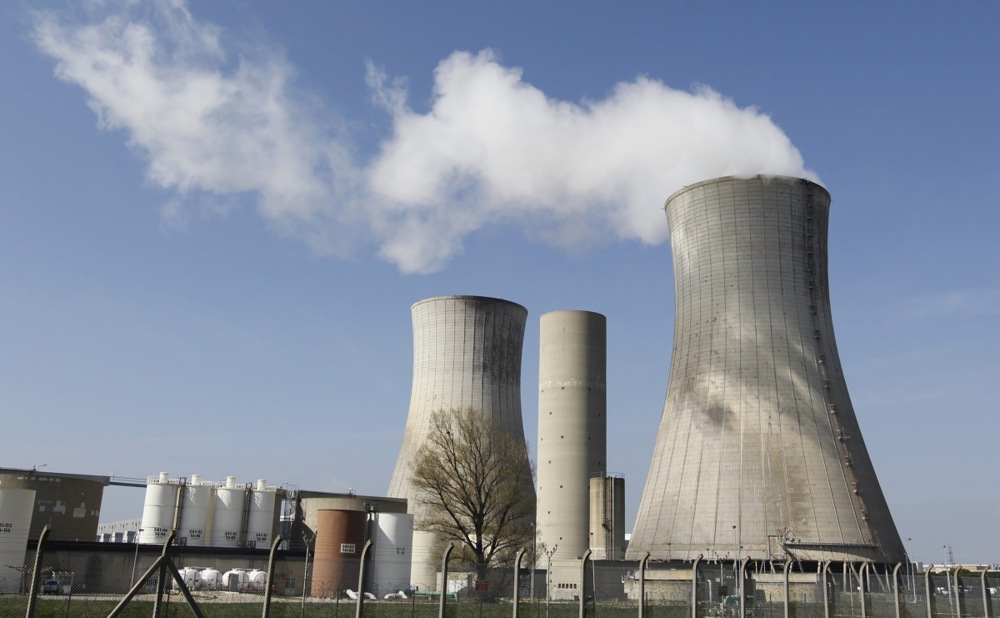Scientists have found that nuclear testing in the 1950s and 1960s has caused lasting radioactive contamination of wild boars in Central Europe, thus solving the so-called “Wild Boar Paradox”.
It has long been assumed by experts that the radioactivity found in wild boars in the region and elsewhere was the product of the Chernobyl nuclear power-station disaster in Ukraine in 1986.
A new study from the Vienna University of Technology now shows that the testing of nuclear weapons during the Cold War is the main cause for the high levels of radioactivity in wild boar in Germany and Austria.
The largest nuclear weapon ever tested was the “Tsar Bomba” of the Soviet Union at Novaya Zemlya, an archipelago just off what is now northern Russia, on October 30, 1961, the most powerful ever seen at an estimated 50 to 58 megatons of TNT equivalent.
In the animals the researchers tested, the regulatory limits of radiocesium contamination were found to be exceeded by a factor of up to 25 due to atmospheric nuclear weapons testing.
The reason wild boars presented high traces of radioactivity, unlike others, is because of their specific diet, experts say. The animals have a particular fondness for unearthing and eating deer truffles from the soil and it is within these that radioactive cesium gradually accumulates over an extended period of time.
“The cesium migrates downwards through the soil very slowly, sometimes only about one millimeter per year,” said one of researchers, Professor Georg Steinhauser, in a TU WIEN article.
Both the cesium from the nuclear weapons tests and the cesium from Chernobyl spread through the soil.
“If you add up all these effects, it can be explained why the radioactivity of deer truffles – and subsequently of pigs – remains relatively constant over the years,” said Steinhauser. Thus, he added, the contamination of wild boar meat is also not expected to decrease significantly in the next few years, because some of the cesium from Chernobyl is only now being incorporated into the truffles.
Using a newly developed nuclear forensic “fingerprint” technique, the researchers distinguished various radiocesium source legacies in their subjects.
All samples revealed a mix of Chernobyl and nuclear weapons fallout, with the latter being the main component.
Radiocesium has a half-life of 30 years, meaning over that time, half of it decays. But, unlike in the rest of the ecosystem, radiocesium levels remained constant in wild boars, prompting the term “wild boar paradox”.
The high level of radiosesium made the animals inedible, which in turn has led to an overpopulation of boars, while the contamination of deer and roe deer decreased over time, as expected. The high number of boars has led to a significant increase in damage to agriculture and forestry.
Steinhauser researched the paradox using highly accurate measurements to ascertain the level and the source of the radioactivity in the animals. This is made possible due to the fact that different sources of radioactive isotopes have different physical “fingerprints”.
Samples of wild boar meat were collected from forested regions of 11 Bavarian districts in southern Germany. The contamination was consistent with samples from wild boars from Austria.
The scientists’ findings demonstrated that nuclear weapons testing contributed between 12 and 68 per cent of radioactivity in those samples that exceeded the regulatory limit.
“Our work shows how complicated the interrelationships in natural ecosystems can be,” said Steinhauser, “but also precisely that the answers to such riddles can be found if your measurements are sufficiently accurate.”





